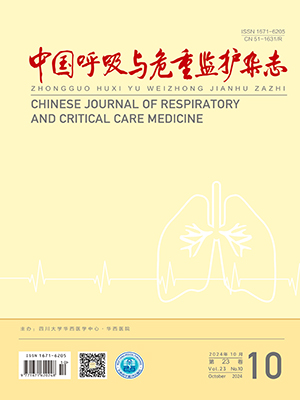Objective To investigate the species distribution and antibiotic resistance of pathogens fromcatheter-related bloodstream infections ( CRBSI) in intensive care unit( ICU) , to provide evidence for the guidance of clinical rational administration.
Methods A retrospective analysis was performed to review the microbiological and susceptibility test data of all CRBSI patients in ICU from January 2009 to December 2011. The patterns of antibiotic resistance among the top seven bacteria were compared.
Results 67 cases of CRBSI were detected with 81 strains, including 40 Gram-positive ( G+ ) bacteria( 49.4% ) , 38 Gram-negative( G- ) bacteria ( 46.9% ) , and 3 fungi ( 3.7% ) . The main pathogens causing CRBSI were coagulase negative Staphylococci ( 27 strains, 33.3%) , Acinetobacter baumannii ( 12 strains, 14.8% ) , Klebsiella pneumoniae( 9 strains, 11. 1% ) , Staphylococcus aureus ( 8 strains, 9. 9% ) , Pseudomonas aeruginosa ( 7 strains, 8. 6% ) , Escherichia coli ( 6 strains, 7.4% ) , suggesting that Staphylococcus epidermidis was predominant pathogenic G+ bacteria, and Acinetobacter baumannii was predominant G- bacteria. The antibiotic resistance tests demonstrated that isolated G- bacillus was highly sensitive to carbopenem, while vancomycin-resistant G+ bacteria were not found.
Conclusions Within the latest 3 years, the predominant pathogens of CRBSI in ICU are Staphylococcus epidermidis and Acinetobacter baumannii. Acinetobacter baumannii exhibited high drug resistance to all antibiotics.
Citation: LI Jun,ZHANG Jiuzhi,WAN Xianyao. Species Distribution and Antibiotic Resistance of Pathogens from Catheter-related Bloodstream Infections in Intensive Care Unit. Chinese Journal of Respiratory and Critical Care Medicine, 2013, 12(1): 41-44. doi: 10.7507 /1671 -6205.20130010 Copy




